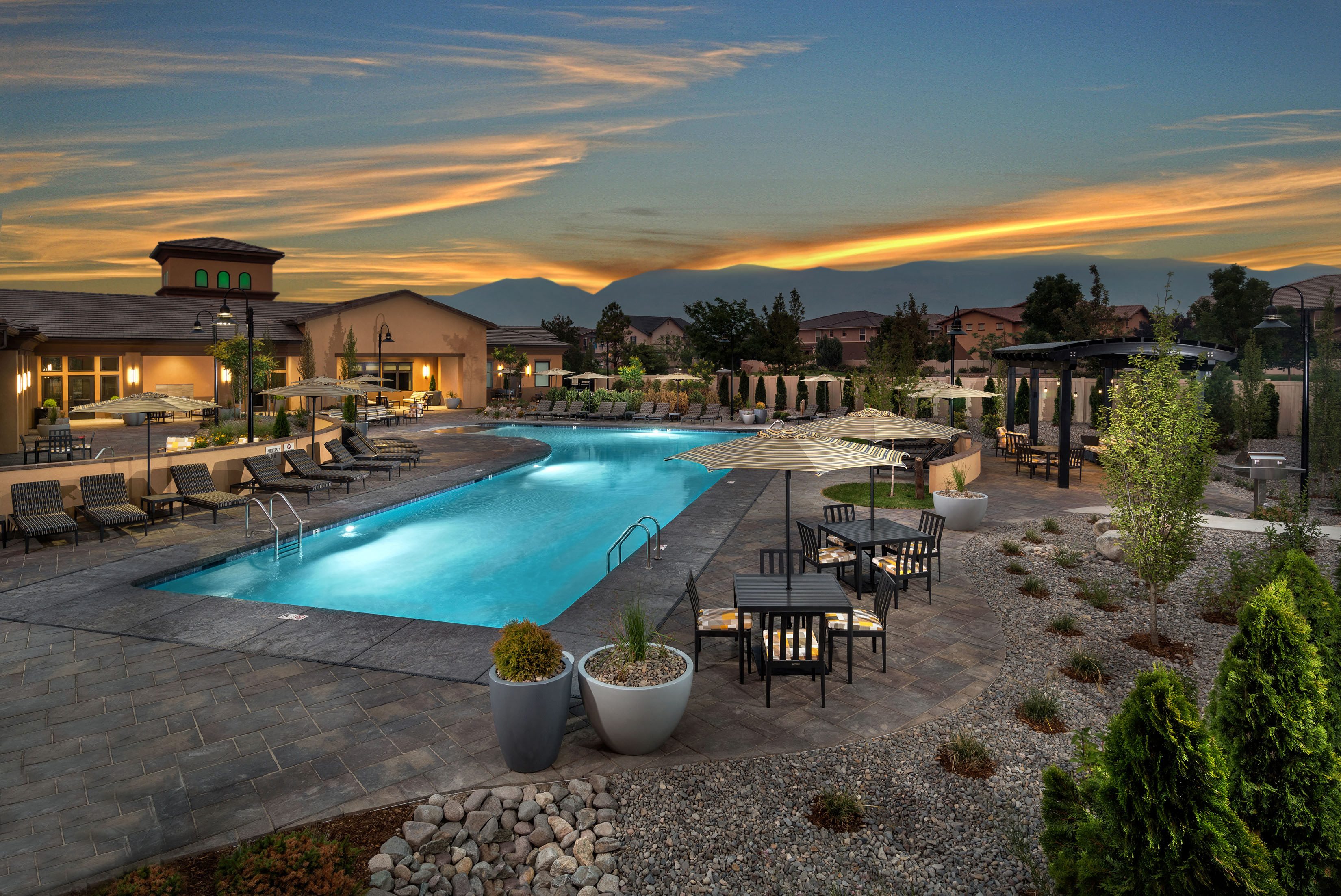



Low crime rates still face exposure to opportunistic thefts common in suburban settings.

Damonte Ranch presents a complex socioeconomic profile combining high household incomes with concerning child poverty indicators in a master-planned community setting.
This southeastern Reno master-planned community houses 36,301 residents with a median age of 40 years.³ The area features 14,060 households averaging three members each, with 69.46% being family establishments.³ The population is 86.63% U.S.-born citizens, with 8.86% non-U.S.-born citizens.³
Despite ranking among the wealthiest neighborhoods (higher income than 87.6% of American neighborhoods), Damonte Ranch exhibits significant economic disparities.¹ The median household income reaches $111,423 annually.³ However, 21.7% of children live below the federal poverty line, a rate higher than found in 71.3% of U.S. neighborhoods.¹
The neighborhood features newer construction, with a median build year of 2005.³ Owner-occupancy stands at 72.87%, with median home values reaching $471,600.³ Average rental prices are $2,734, ranking higher than 75.9% of Nevada neighborhoods.¹ Housing costs average $1,798 monthly.³
As part of Reno's municipal jurisdiction, Damonte Ranch operates within the city's broader public safety challenges that significantly exceed national averages.
The neighborhood falls under Reno's overall crime statistics, including violent crime rates of 572 per 100,000 residents (54.6% above national average) and property crime rates of 2,556 per 100,000 residents (30.8% above national average).² Reno ranks higher in crime than 92.5% of U.S. cities.²
Police protection operates under Reno's department-wide coverage of 1.5 officers per 1,000 residents—42.1% below Nevada's average and 52.6% below the national average.²
Educational institutions in the area face ongoing security challenges that have prompted community discussions about safety measures.
Damonte Ranch High School has received multiple security threats, prompting concerns among students and staff about campus safety.⁶ Students have expressed desires for enhanced security measures, including metal detectors and increased police presence.⁶
School safety concerns have led to regular lockdown drills and heightened security protocols.⁶ Recent incidents have required investigation by law enforcement agencies and have created anxiety among the school community.⁶
Development decisions have sparked resident concerns regarding traffic safety and emergency preparedness.
Residents have opposed new school developments citing inadequate pedestrian infrastructure and traffic management concerns.⁵ Issues include lack of sidewalks and pedestrian crossings along major thoroughfares.⁵
The area includes emergency medical facilities, though residents have raised concerns about evacuation routes and emergency access during high-traffic situations.⁵
The neighborhood attracts professionals and families seeking suburban amenities within a master-planned community framework.
Executive, management, and professional occupations comprise 47.1% of the working population.¹ White-collar workers account for 89.46% of the workforce, while entrepreneurs represent 10.15% of working residents.³
Most residents commute by personal vehicle, with average commute times ranging from 15 to 30 minutes to major employment centers.¹